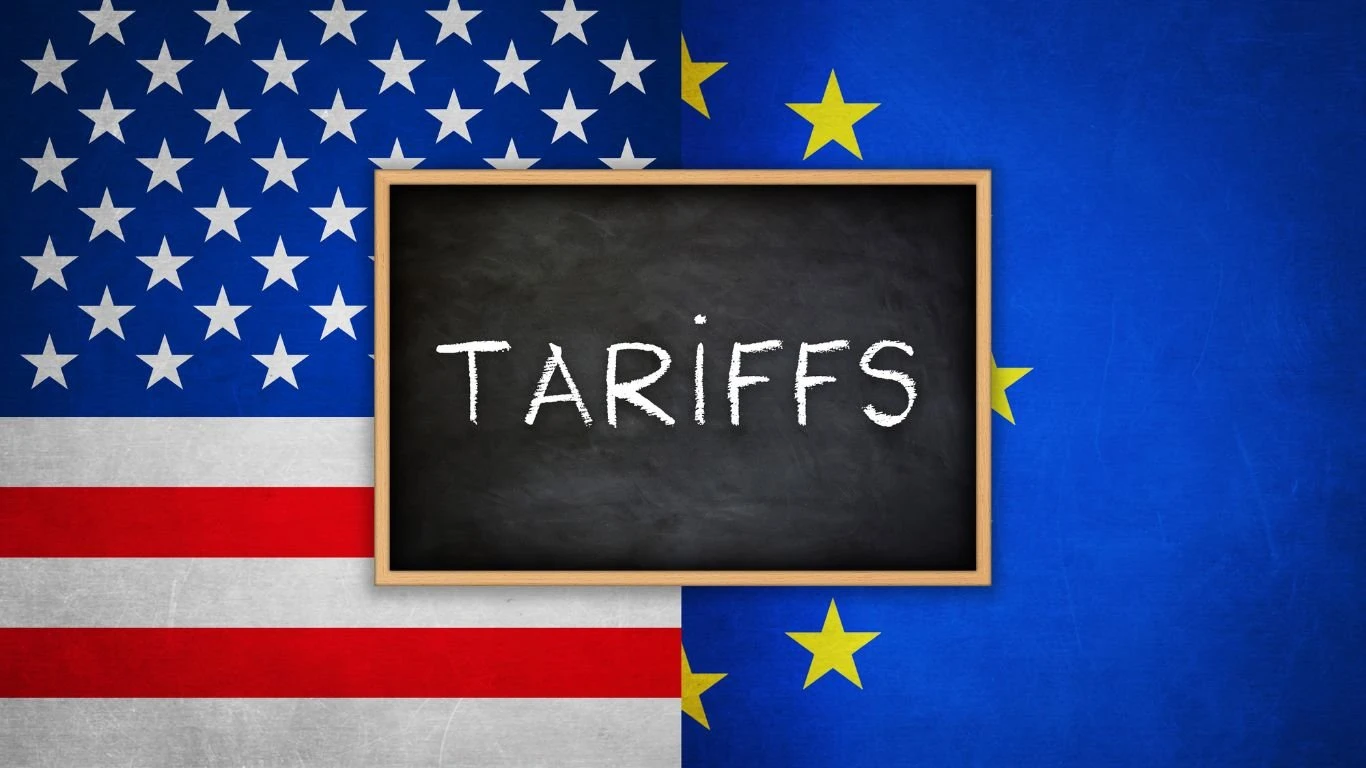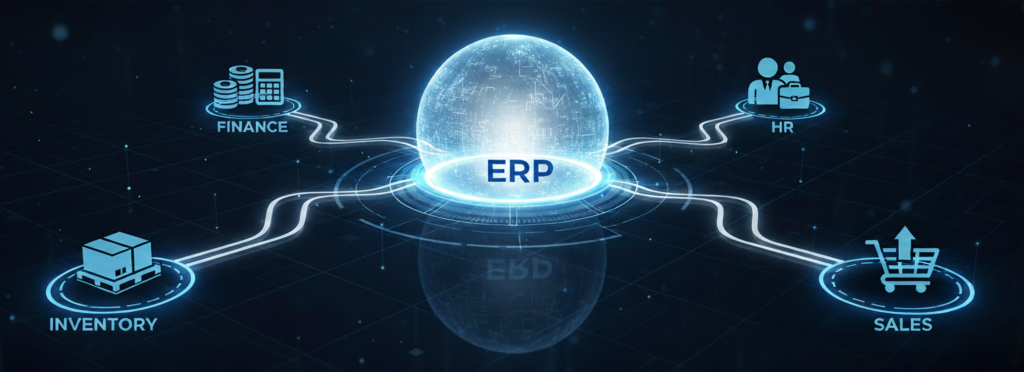Why Tariffs Matter
Managing tariffs is hard work, especially when they change often. If your business imports goods, you know how tariffs can raise costs and cut into your margins. Tracking them manually is slow and often wrong. Errors can lead to overpaying, compliance issues, or bad decisions.
NetSuite gives you tools to make tariff tracking easier. It helps you automate, stay accurate, and adapt when rules change. But to get the most out of it, you need to set it up the right way.
This guide shows how NetSuite can help with tariff management and what to keep in mind as things change.
A tariff is a tax you pay when importing goods. It’s part of your landed cost—the full cost of getting a product to your warehouse. That includes freight, insurance, customs fees, and duties.
If you don’t track tariffs properly, your product costs will be wrong. That means your pricing, margins, and reports could be off, too. In some cases, you might even face fines for not following trade rules.
Keeping up with changing tariffs is hard. You need a system that updates quickly and shows you the full picture. That’s where NetSuite comes in.
Common Problems with Tariff Tracking
Many companies still use spreadsheets or disconnected systems. This creates problems like:
- Manual errors: It’s easy to enter the wrong tariff rate or miss a charge.
- No visibility: You can’t see how tariffs affect your product cost in real time.
- Slow updates: When a tariff changes, it takes time to adjust your process.
- Bad decisions: If your cost data is wrong, you might set the wrong prices or source from the wrong vendor.
NetSuite can help solve these problems if you use its features correctly.
How NetSuite Helps You Manage Tariffs
1. Automate Tariff Costs
NetSuite lets you add tariff costs directly to purchase orders and receipts. You can:
- Set up landed cost categories like duties, freight, and insurance.
- Apply estimated or actual costs.
- Use vendor bills to update these costs.
This removes manual steps. It also ensures that your costs are recorded in the right place every time.

2. Track the Real Cost of Inventory
When you use NetSuite’s Landed Cost feature, tariffs and other charges are added to your inventory value. This makes your cost of goods sold (COGS) more accurate. You can also spread costs across line items or apply them by percentage, weight, or quantity.
This matters because if you leave out tariff costs, your reports will show higher margins than you really have.
3. Report on Tariff Impact
NetSuite’s built-in reporting tools can help you see how tariffs affect your business. You can:
- Run margin reports by item or product line.
- Compare actual vs. estimated landed costs.
- Track duties by supplier, product, or country.
This helps you make better decisions. For example, if one supplier’s tariffs are always higher, you might choose a different source.
4. Adjust Quickly When Tariffs Change
Tariffs can change overnight. You need to react fast. NetSuite lets you:
- Update landed cost rates and rules without custom code.
- Use custom fields to track tariff codes, origin countries, or trade zones.
- Build saved searches and alerts to catch cost changes early.
This keeps you compliant and helps you protect your margins.
Tips to Improve Tariff Tracking in NetSuite
Assign HS Codes to Items
Use Harmonised System (HS) codes for all imported items. This helps with customs reporting and lets you apply the correct duty rates.
Use Custom Fields for Trade Data
If you need to track country of origin, exemption status, or trade program eligibility, add custom fields to your item records. This makes it easier to manage compliance.
Link Tariffs to Price Levels
Set up pricing rules that factor in tariffs. For example, if duties increase for a product, NetSuite can adjust the sales price based on a fixed margin. This helps you avoid losses.
Connect with Customs Brokers
If you work with a customs broker or third-party logistics (3pl) provider, look into integrations. Some tools can feed duty rates directly into NetSuite, saving time and reducing errors.
Review Cost Rules Regularly
Check your landed cost setup at least once a quarter. Make sure tariff rules are still accurate. Confirm that your costs are being applied to the right inventory.
New Features and What’s Coming Next
Better Landed Cost Allocation
You can now assign costs by line item with more precision. This is helpful when only part of a shipment has higher duties.
More Flexible Custom Fields
You can now use custom transaction line fields to track tariff-specific data. This includes fields like “Tariff Rate Applied” or “Trade Program Code.”
What’s Ahead
NetSuite is investing in automation and AI. In the future, you may see:
- AI-based landed cost forecasting: Tools that predict tariff costs based on past shipments and global trends.
- Better trade compliance checks: Alerts for items that may be subject to new tariffs or bans.
- More integrations with customs systems and brokers.
These features will help businesses stay ahead of trade changes without extra manual work.
When to Work with a NetSuite Partner
Setting up tariff tracking in NetSuite can be tricky. You might need help if:
- You import from multiple countries.
- You handle products with changing duty rates.
- You want automated updates from customs brokers.
- You need custom reports on landed costs.
NetSuite partners can help you configure the system, test your setup, and train your team. They can also help build reports or integrations if needed.
Final Thoughts
Tariffs are a real cost. If you don’t track them properly, they eat into your profits and create compliance risks.
NetSuite has the tools to manage tariffs well, but only if they’re used correctly. With automated costs, better reporting, and flexible setups, you can handle changing tariff rules without slowing down your operations.
If you’re struggling to manage tariffs or are unsure if your setup is right, we can help. As NetSuite experts, we’ve helped businesses set up smarter landed cost tracking, better reports, and faster workflows.
Contact us today to see how we can help you get more value from NetSuite—and manage tariffs with less effort.
Frequently Asked Questions
What is a tariff, and why does it matter in NetSuite?
A tariff is a tax on imported goods. In NetSuite, tracking tariffs is important because they affect your landed costs, product pricing, and profit margins. Incorrect tariff tracking can lead to wrong financial data and compliance issues.
How does NetSuite help manage tariffs?
NetSuite allows you to automate tariff costs, track accurate inventory value, and report on how tariffs impact your business. Features like Landed Cost tracking, custom fields, and reporting tools make tariff management more efficient.
Can I automate the application of tariffs in NetSuite?
Yes. You can set up landed cost categories for duties, freight, and insurance. These costs can be applied automatically to purchase orders, receipts, or vendor bills, removing the need for manual updates.
What is the Landed Cost feature in NetSuite?
The Landed Cost feature in NetSuite lets you include all additional costs, such as tariffs, freight, and insurance, into your inventory value. This provides a more accurate cost of goods sold (COGS) and supports better financial reporting.
How do I make sure my tariff rates stay up to date?
You can regularly review and update your landed cost rules. Using saved searches and alerts in NetSuite helps catch changes quickly. Integration with customs brokers can also help automate duty rate updates.
Can NetSuite show how tariffs affect my margins?
Yes. NetSuite’s reporting tools can break down landed costs, compare estimated vs. actual costs, and show margins by product, supplier, or country. This helps you make better sourcing and pricing decisions.
What are HS codes, and how do they help in NetSuite?
HS (Harmonised System) codes classify imported goods for customs purposes. In NetSuite, assigning HS codes to items helps apply the correct duty rates and supports trade compliance.
Can I track country of origin or trade program data in NetSuite?
Yes. You can use custom fields to track country of origin, trade program eligibility, and other compliance data. This helps with audits, reporting, and decision-making.
Is it possible to adjust sales prices based on changing tariff costs?
Yes. You can set up pricing rules that factor in tariffs. For example, if duties go up, NetSuite can adjust the sales price automatically based on your desired margin.
What’s new in NetSuite for tariff management?
Recent updates include better landed cost allocation by line item and more flexible custom transaction fields (e.g., “Tariff Rate Applied”). These improvements give more control and visibility.
Is NetSuite planning any future features for tariff tracking?
Yes. NetSuite is working on features like AI-based landed cost forecasting, real-time trade compliance alerts, and deeper customs system integrations. These will help businesses react faster to global changes.
Do I need a NetSuite Partner to manage tariffs?
It is recommended because working with a NetSuite Partner can help you deal with complex imports, frequent tariff changes, or the need for custom reports. A partner can configure your system, automate workflows, and improve reporting.
How often should I review my tariff setup in NetSuite?
It’s best to review your landed cost and tariff rules at least quarterly. This ensures your data stays accurate and your business remains compliant with changing trade laws.
Can NetSuite integrate with customs brokers or third-party logistics providers (3PLs)?
Yes. NetSuite supports integrations that allow customs data and duty rates to flow directly into the system. This reduces manual work and the risk of errors.







